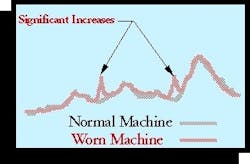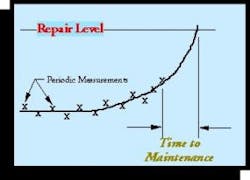What Asset Management Can Do for You
IF YOU'RE one of the thousands of process automation professionals around the world burdened with an older, maybe even antiquated plant—listen up. We’re not just talking to you if you live in the U.S., the rest of North America, or Europe, either. There are older, out of date plants everywhere. They exist in Japan, India, and China, too. So in this article, we are talking to YOU!
What’s Asset Management?
You may be confused when people use the term, “asset management.” It isn’t an accident. It’s a buzzword like “synergy” or “integrated.” Some vendors use it to mean an operations and maintenance function, like predictive maintenance. Others use it to mean process optimization, using a plant’s control system and field devices. The term is in serious danger of becoming whatever the vendor wants it to mean, when he’s explaining to you why you can no longer get along without it. However, both asset management and asset optimization can make you a lot of money, if you play your cards right. In the next few pages, we’ll show you how to draw a full house with asset management.
The simplest way to look at this is as a series of steps to improving your plant’s availability (what we used to call “uptime”). Even though it’s clear that it’s a very costly practice, many plants still operate on reactive maintenance—when it’s broken, then they fix it. The reason this is so costly is clear from the “after incident reports” we’ve all seen. The failure of a $3,000 level sensor shuts down an entire batch reactor train, costing the company $50,000 per hour in lost production, for days, while the device is repaired or a new one is procured.
This has led companies to try predicting where problems will occur, based on history, and allows failure-prone devices (valve, motor, sensor, controller, etc.) to be replaced during scheduled maintenance shutdowns so they don’t die during a production run.





